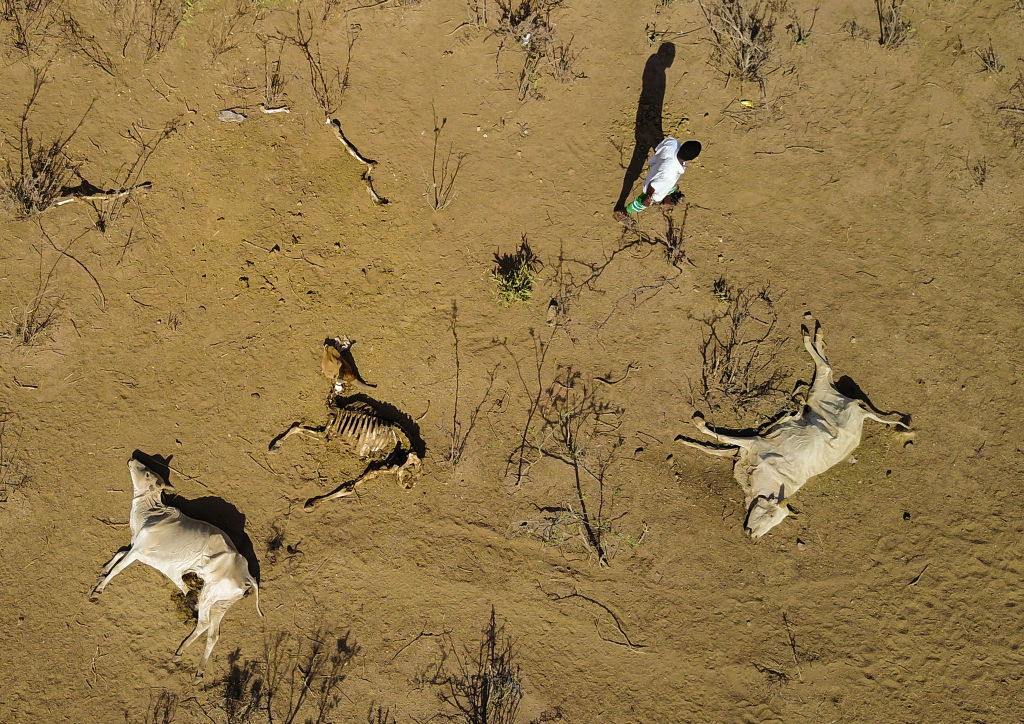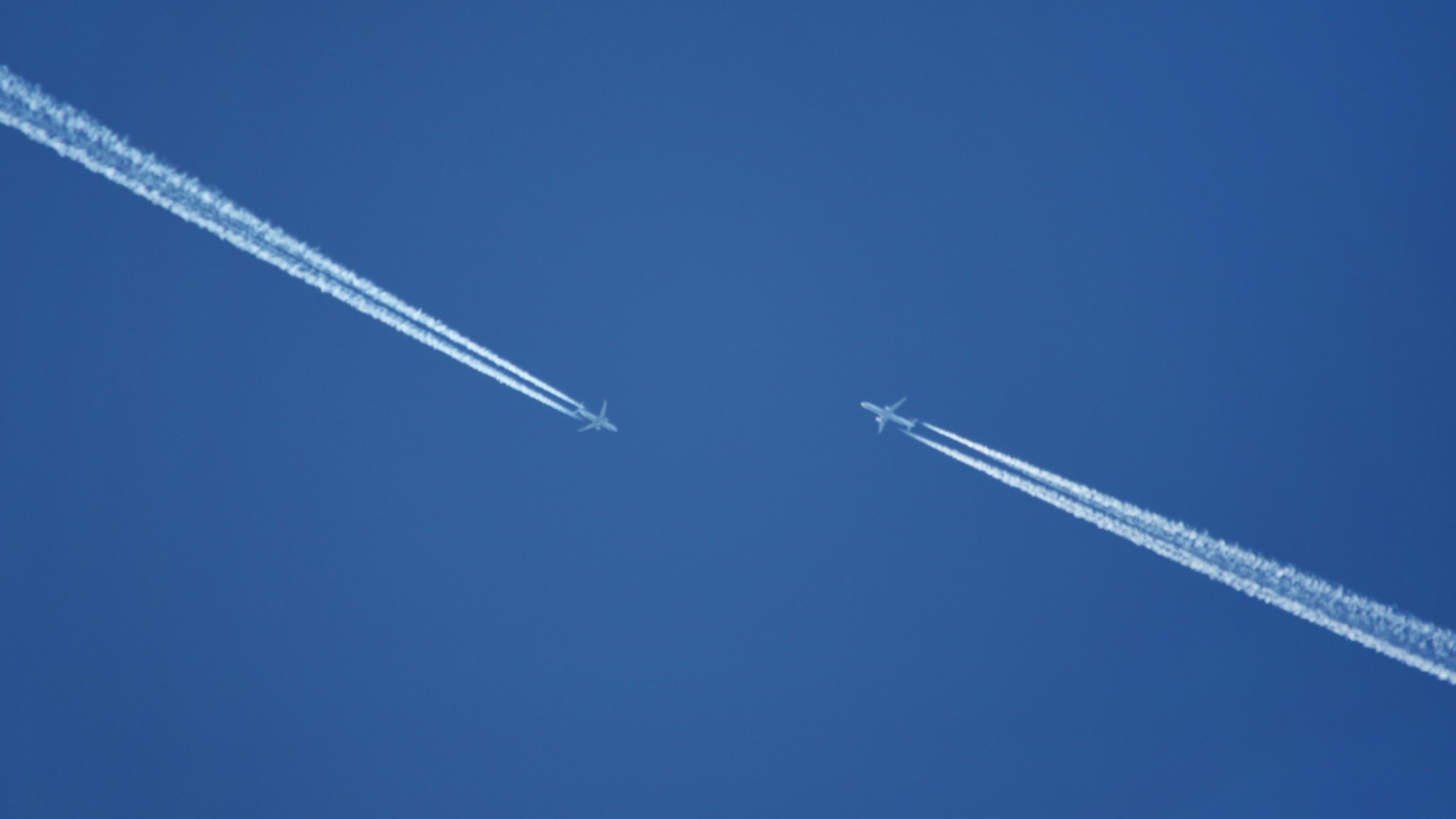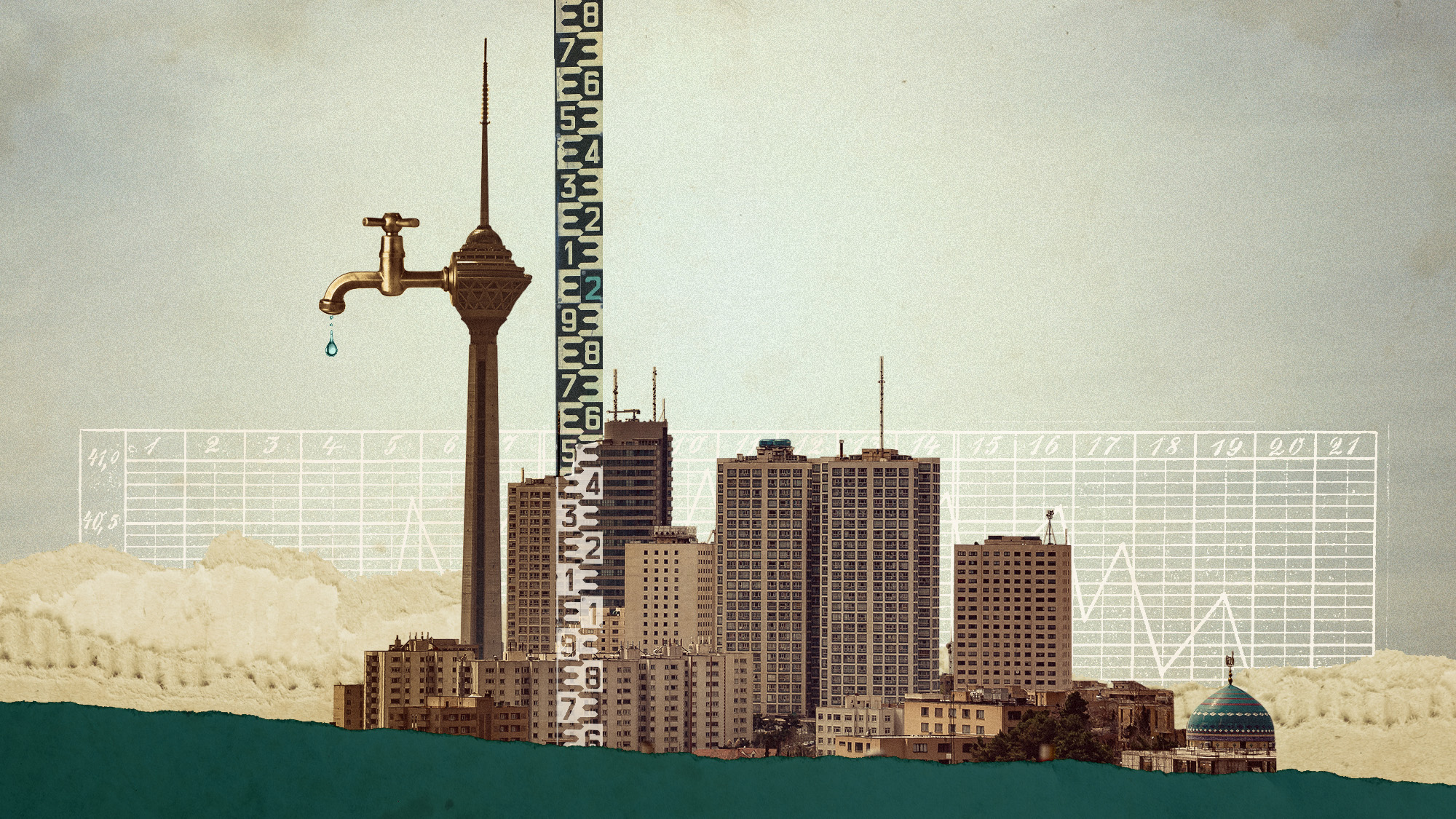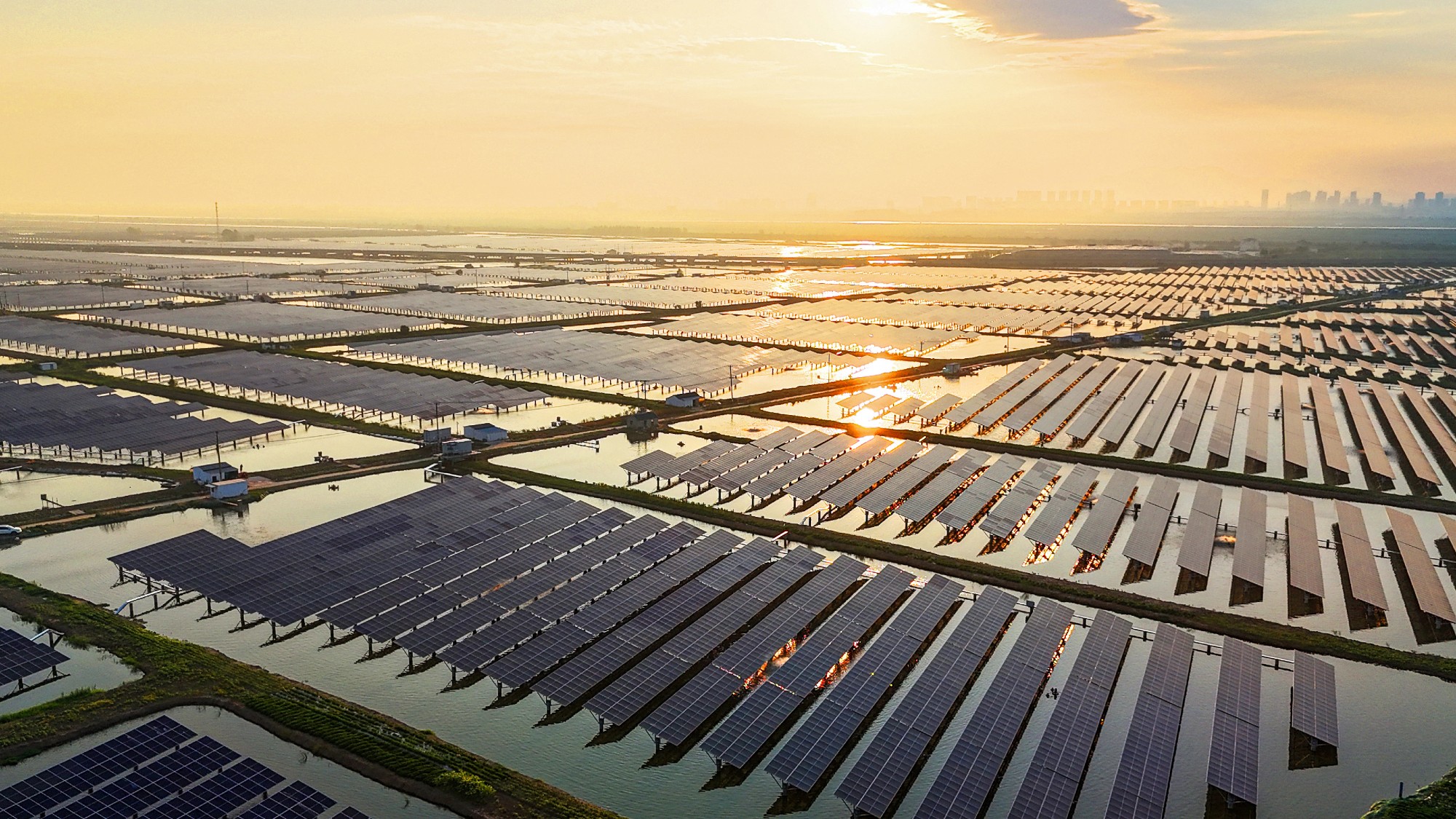Cop26 deal: rich countries failed to meet their obligations to the world
Summit ended without agreeing who should pay vulnerable nations for ‘loss and damage’ from global warming

University College London professor Lisa Vanhala on the unpaid debt owed by rich economies to poor ones for disproportionately contributing to greenhouse gas emissions
Cop26, the recently concluded UN climate change conference in Glasgow, marked a critical turning point in global politics. From now on, the issue of climate justice will be unavoidable for rich countries.
The Glasgow Climate Pact “urges” rich countries like the US (referred to as “developed countries” in the text) to increase funding for poor countries like Bangladesh (“developing countries”) to around US$40bn (£29.8bn) annually by 2025, to help them adapt to mounting floods, droughts and other effects of climate change.
The Week
Escape your echo chamber. Get the facts behind the news, plus analysis from multiple perspectives.

Sign up for The Week's Free Newsletters
From our morning news briefing to a weekly Good News Newsletter, get the best of The Week delivered directly to your inbox.
From our morning news briefing to a weekly Good News Newsletter, get the best of The Week delivered directly to your inbox.
This is pretty strong language in UN speak and is welcome support. But the rich world has a history of failing to meet its financial promises. Only 80% of the US$100bn promised annually by 2020 to help developing countries mitigate their emissions and adapt to climate change has been delivered.
The failure to meet the amount developing countries need to adapt to climate change means the world faces a life sentence of escalating climate impacts. Those impacts that we won’t be able to prevent or adapt to are referred to as “loss and damage” in the lingo of international climate policy and they are already beginning to bite in the most vulnerable countries. The failure of Cop26 to commit to keeping warming below 1.5C will mean more such loss and damage in future.
Some consider work on loss and damage to be a form of compensation for the harm rich countries have indirectly caused poor ones by disproportionately contributing to climate change with their greenhouse gas emissions. Others prefer the term “climate reparations”, and yet others talk about “solidarity funds”.
However you describe it, the fine print of the previous UN climate treaty, the 2015 Paris agreement, sought to squash any notion of developed countries being liable. But the outcome of Cop26 shows that the issue of who is responsible and who should pay for the consequences of climate change can no longer be ignored. However, even the annual climate funding that has been pledged doesn’t include any money allocated for loss and damage.
A free daily email with the biggest news stories of the day – and the best features from TheWeek.com
Who should pay?
The idea of paying for loss and damage was introduced with the first UN climate treaty negotiations in 1991 as something owed to small island states. But over the years, other groups, including the poorest countries and others across Africa, have begun to champion the issue.
Thanks to major advances in the field of attribution science, there is growing understanding of the precise link between human-caused emissions and specific severe weather events. This relationship will intensify with every tonne of emissions, and for many of these climate-consequences, there is no turning back.
Loss and damage in Glasgow
Heading into the Glasgow summit, delegates were mindful of the growing adaptation needs of developing countries. Adapting to climate change isn’t straightforward: even the UK, for all its wealth and its relative lack of exposure, isn’t getting it right.
In the lead-up to Cop26, all countries were expected to update their climate action plans, known as NDCs. Recent analysis showed an increasing number were talking about loss and damage in their plans. This makes sense: as countries increasingly have to divert resources towards preparing for and responding to disasters like cyclones, or sea-level rise and melting glaciers, there will be less public financing available for them to cut their emissions and contribute to meeting the 1.℃ goal.
More talk?
There was important progress in Glasgow. But much of this came from outside the negotiating rooms.
The negotiators working on loss and damage conducted their talks late into the night to flesh out what the Santiago Network – a new way of offering technical assistance to developing countries – should be doing to support countries in a practical way. But progress was slow and calls to set up a “Glasgow Loss and Damage Facility” which would have provided financial support for vulnerable countries went unheeded.
Agreed instead was the establishment of a “Glasgow Dialogue” to discuss funding arrangements over the coming years. This could be an important step to real, material support for vulnerable countries. But in some ways, this feels like deja vu.
Cop23 in 2017 established a “Suva Expert Dialogue” – a two-day workshop which produced a technical paper – to explore information on finance for loss and damage. Cop24 the following year and Cop25 in 2019 pushed for the establishment of an expert group on loss and damage, which was finally launched in early 2021.
Progress is incremental, but with all these dialogues it’s no wonder that young protesters decry this “blah, blah, blah” approach to climate action.
One surprise in Glasgow was the symbolic and material support for loss and damage which came from those outside the negotiating room. Scotland’s first minister, Nicola Sturgeon, promised £2m of funding to alleviate the impacts of climate change. This was augmented by a US$3m pledge from philanthropists. Since then, a Belgian provincial climate minister has also committed €1m.
This is a drop in the ocean. It nonetheless represents an interesting twist in terms of who is stepping up to take responsibility for the harm that climate change is already causing and looks set to cause in the future.
Lisa Vanhala, professor of political science, University College London (UCL).
This article is republished from The Conversation under a Creative Commons licence. Read the original article.
-
 Trump’s poll collapse: can he stop the slide?
Trump’s poll collapse: can he stop the slide?Talking Point President who promised to ease cost-of-living has found that US economic woes can’t be solved ‘via executive fiat’
-
 Codeword: December 7, 2025
Codeword: December 7, 2025The daily codeword puzzle from The Week
-
 Sudoku hard: December 7, 2025
Sudoku hard: December 7, 2025The daily hard sudoku puzzle from The Week
-
 Death toll from Southeast Asia storms tops 1,000
Death toll from Southeast Asia storms tops 1,000speed read Catastrophic floods and landslides have struck Sri Lanka, Indonesia, Thailand and Malaysia
-
 Can for-profit geoengineering put a pause on climate change?
Can for-profit geoengineering put a pause on climate change?In the Spotlight Stardust Solutions wants to dim the sun. Scientists are worried.
-
 How will climate change affect the UK?
How will climate change affect the UK?The Explainer Met Office projections show the UK getting substantially warmer and wetter – with more extreme weather events
-
 Can the UK do more on climate change?
Can the UK do more on climate change?Today's Big Question Labour has shown leadership in the face of fraying international consensus, but must show the public their green mission is ‘a net benefit, not a net cost’
-
 Did Cop30 fulfil its promise to Indigenous Brazilians?
Did Cop30 fulfil its promise to Indigenous Brazilians?Today’s Big Question Brazilian president approves 10 new protected territories, following ‘unprecedented’ Indigenous presence at conference, both as delegates and protesters
-
 Can the world adapt to climate change?
Can the world adapt to climate change?Today's Big Question As the world gets hotter, COP30 leaders consider resilience efforts
-
 Taps could run dry in drought-stricken Tehran
Taps could run dry in drought-stricken TehranUnder the Radar President warns that unless rationing eases water crisis, citizens may have to evacuate the capital
-
 The future of the Paris Agreement
The future of the Paris AgreementThe Explainer UN secretary general warns it is ‘inevitable’ the world will overshoot 1.5C target, but there is still time to change course